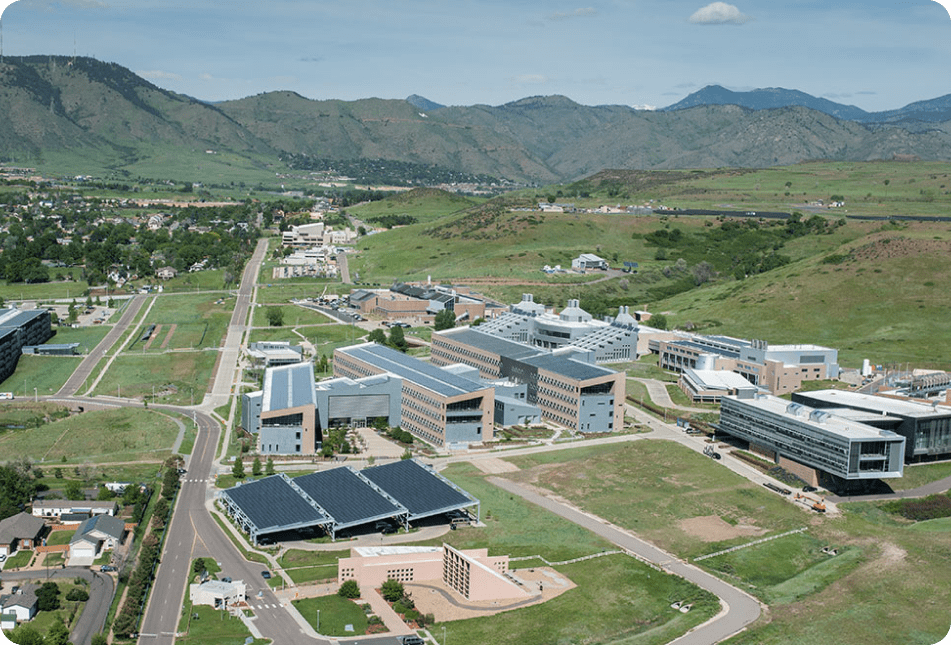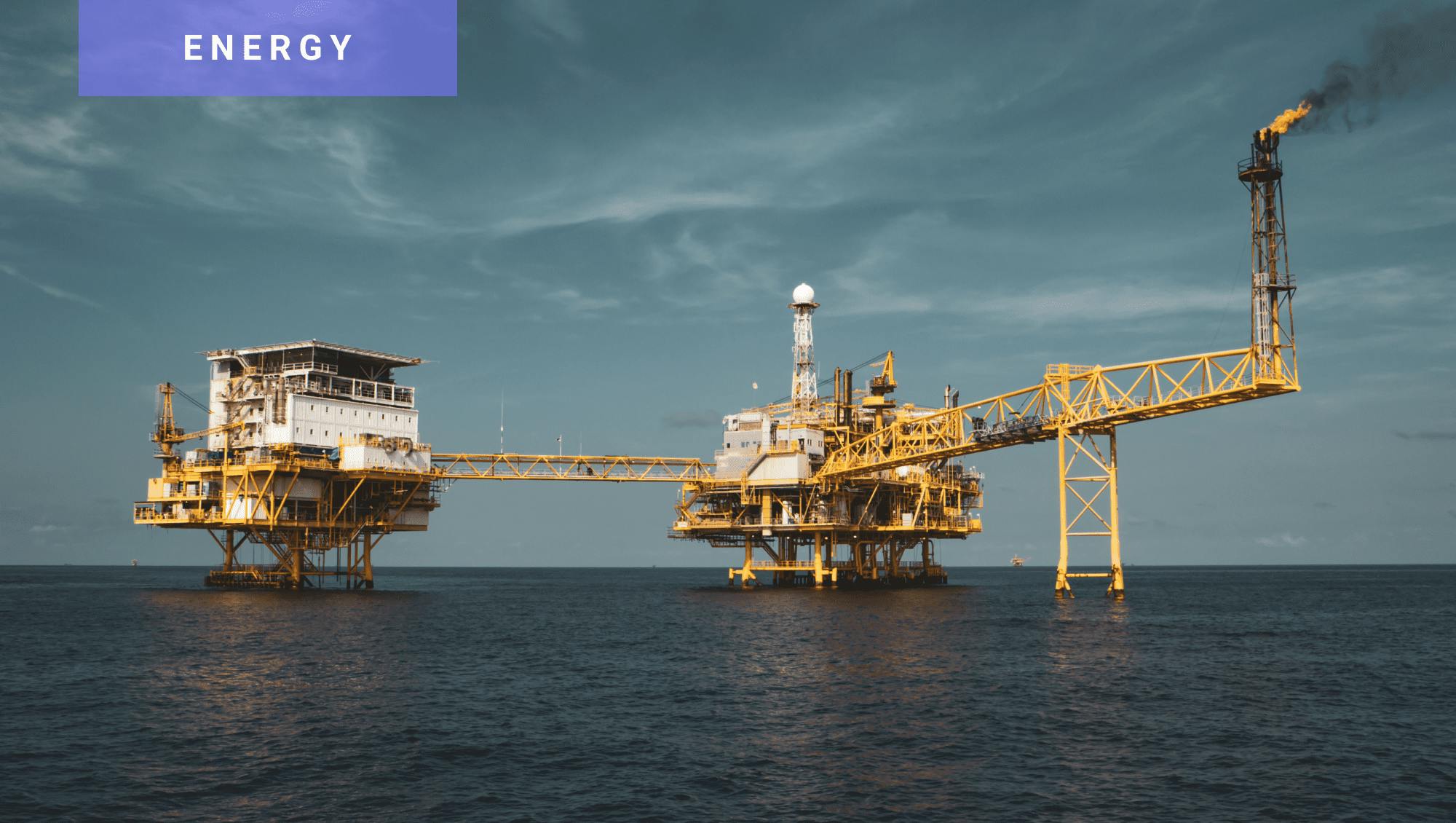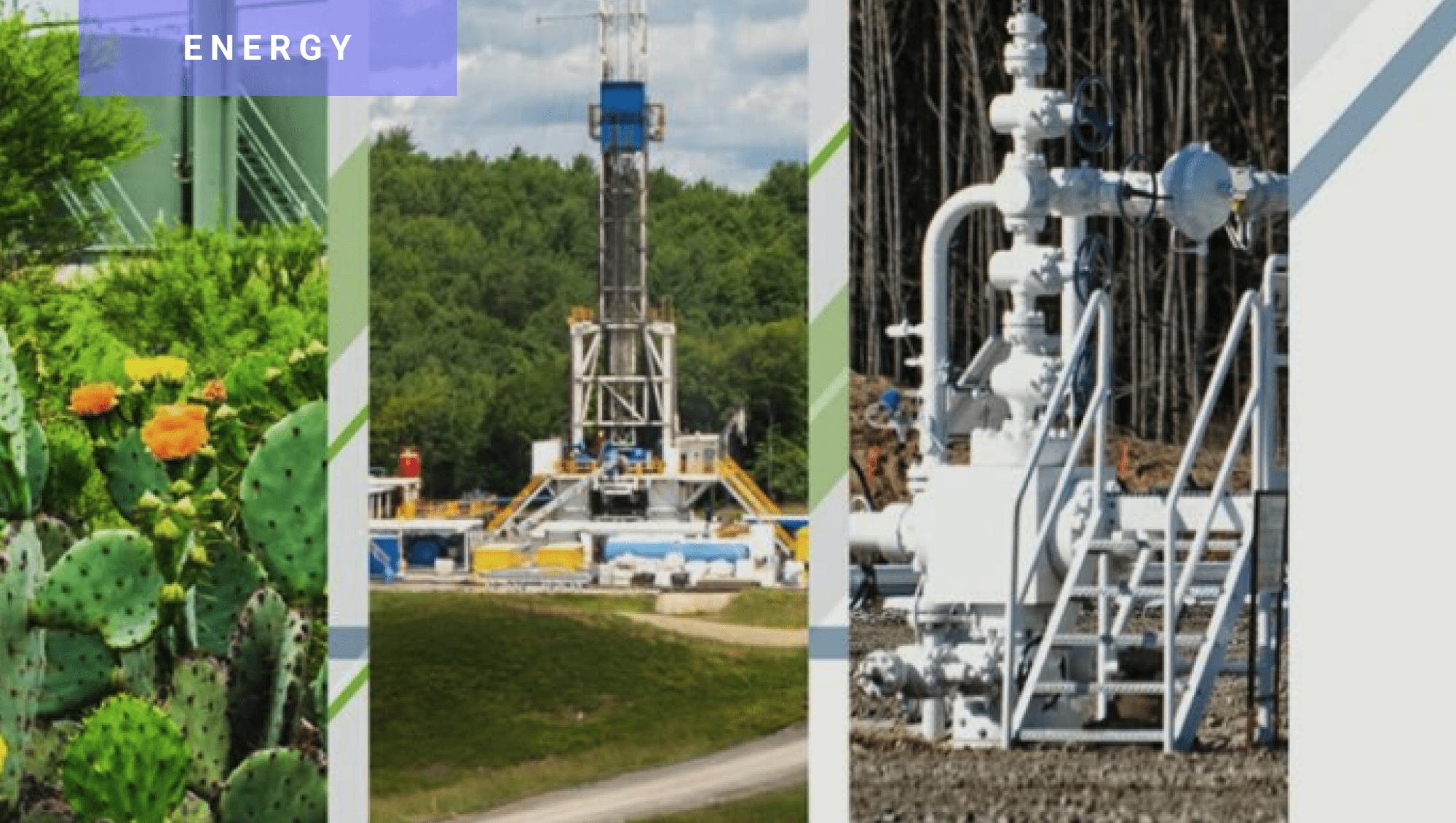
National Renewable Energy Laboratory Mobilizes Dash for Wind Turbine Wake Research
Industry
Energy & Utilities
Infrastructure
AWS
Summary
- The U.S. National Renewable Energy Laboratory’s (NREL) wind farm control simulator, called FLOw Redirection and Induction in Steady State (FLORIS), calculates in seconds the wake impacts in a wind farm of 100 turbines based on annual wind conditions.
- With Dash and Python, NREL quickly built a custom preprocessing interface that enables researchers to instantly rerun wake steering models and test hypotheses faster.
- Analysis of FLORIS outputs identified new wind power opportunities across the United States, resulting in up to a 2.5% increase in annual energy production — a single, 10,000-megawatt wind farm could power an additional 8,000 North American homes with such gains.
Introduction
The U.S. National Renewable Energy Laboratory (NREL) is a leader in the effort to develop more efficient and cost-effective ways of harnessing wind energy. NREL research software engineers are producing impactful, open-source data and tools for fellow researchers and wind farm operators across the public and private sectors. These resources make wind energy science more accessible to industry with the goal of optimizing wind farm operations, reducing costs and maximizing annual energy production (AEP).
“Dash allows us to adjust model parameters directly in the application and rerun them in real time. This has helped us build an intuition for exactly how parameters affect the model. Whereas the typical process for understanding a new model can take many days, using Dash enables us to get visual feedback and understand a model within a single day.”
Rafael Mudafort, FLORIS software engineer, NREL
Challenge
A novel wind farm control method termed “wake steering” is an approach that turns select wind turbines away from the incoming wind to allow downstream turbines that would otherwise be impacted by the wake to produce more power. While wake steering has been gaining attention in the research community over the past decade, there are important barriers to its adoption, including uncertainty around the physical impact that it can have on expensive wind turbine equipment over time.
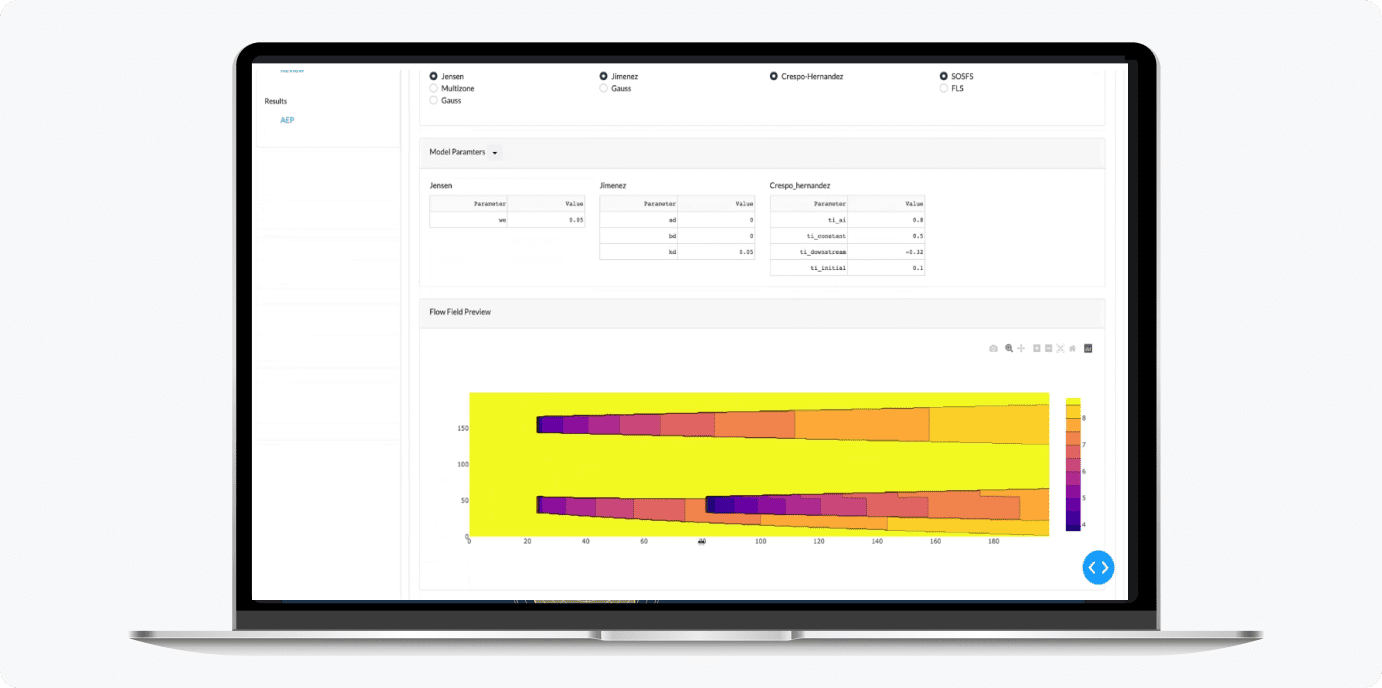
Wake steering can increase annual energy production and reduce the cost of production by strategically redirecting wind turbine wakes. Visualization tools like FLORIS help accelerate research into this practice and its impacts.
Solution
NREL’s wind farm controls simulation tool, called FLOw Redirection and Induction in Steady State (FLORIS), enables end users to quickly and interactively explore wind turbine wake models to optimize wind farm layouts and controls. NREL has made the tool public so that the global open source community can use and adapt it. Hundreds of researchers at organizations including the U.S. Department of the Interior’s Bureau of Ocean Energy Management and the National Offshore Wind Research and Development Consortium have adopted FLORIS in their own work.
Working in Python and Dash, a single engineer built the FLORIS app, using Dash’s modular, component-based framework to prototype the custom interface within a span of days and produce a complete app in weeks. FLORIS, now widely consulted by NREL stakeholders across the organization, extends the capability to explore and run the models beyond the initial group of domain experts.
To aid in data preprocessing, NREL software engineers built a custom interface using Dash DataTable and other visualization components, giving end users the ability to adjust their parameters and immediately view the effects. FLORIS can visualize model outputs for aggregate annual atmospheric conditions across more than 100 wind turbines within seconds. In February 2022, a new release boosted FLORIS’ calculation speed by 300 times that of the previous version.
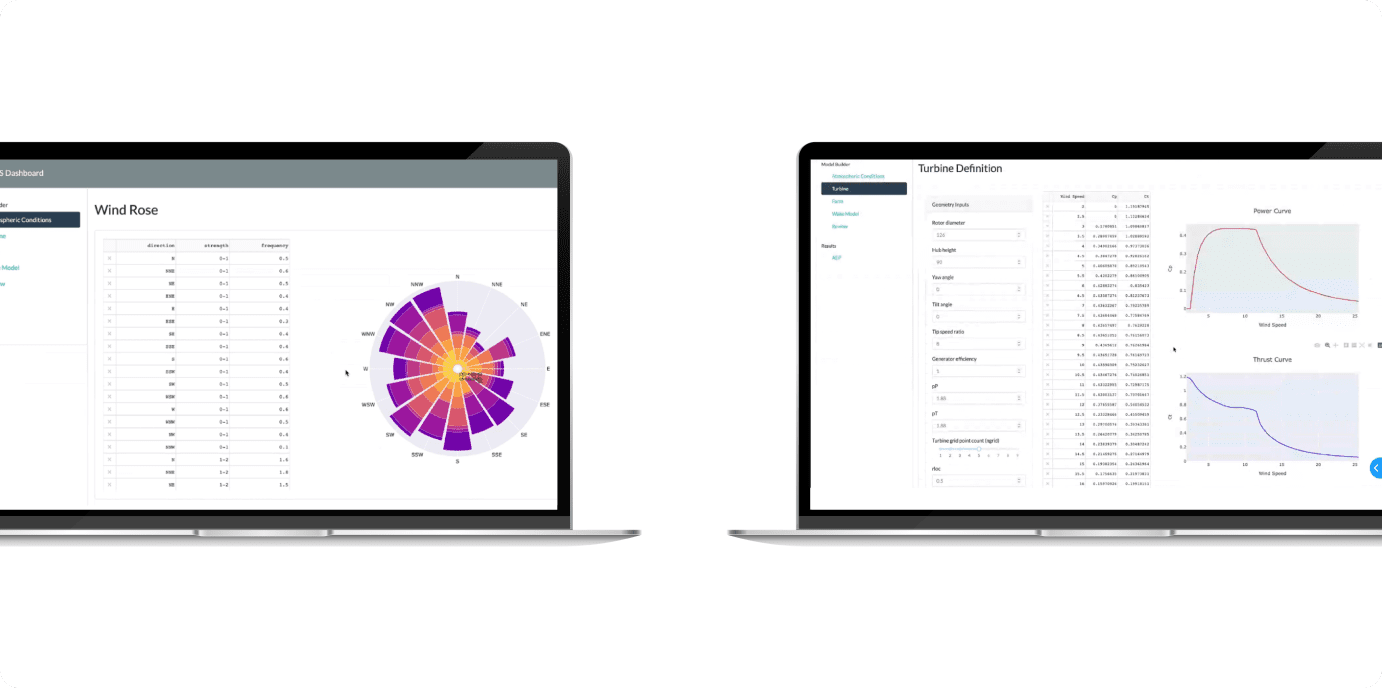
FLORIS visualizes a year’s worth of anemometer to capture prevailing wind speed and direction at the site of a potential new wind farm. Researchers can adjust individual parameters directly in the interactive table when turbine blades or farm control software are updated and rerun the optimization models.
Results
Ongoing research at NREL and in the private sector is expanding the body of knowledge around wake steering, with some impressive results. According to a 2021 mid-year performance report, NREL analyzed millions of FLORIS simulations and uncovered new wind power opportunities across regions in the U.S. previously considered less than ideal for production due geography and wind resourcing. The analysis indicated that wake steering optimization could surmount these challenges and increase potential annual energy production (AEP) at these sites by up to 2.5%. Such AEP gains at a single 10,000-megawatt wind farm would power an additional 8,000 homes in North America. Major manufacturers have begun thinking ahead about wake steering and its implications for future turbine design, and some are using FLORIS in their analyses.
NREL regularly updates FLORIS with new features for use cases such as offshore wind farms, where the added complexities of waves and tides must be considered, and hybrid wind farms that capture solar as well as wind energy. As NREL continues building its research tools for the future of energy, the versatility of Dash Enterprise will keep pace.
About NREL
NREL is the U.S. Department of Energy's primary national laboratory for renewable energy and energy efficiency research and development. NREL is operated for the Energy Department by The Alliance for Sustainable Energy, LLC.
